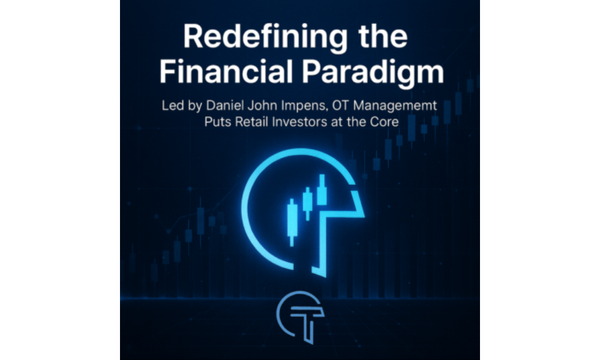Why the NFT Art Market Demands a Closer Look

The NFT market is one of the most dynamic and exciting sectors in crypto right now. It is also one of the most hyped, thanks to headline-making sales, such as the famous Beeple NFT, which sold for a record-smashing $69 million at Christie's in March. At the same time, the 10,000 programmatically generated NFTs known as Crypto Punks now have a floor price (minimum unit price) of 80 ETH - around $240,000 at the time of writing. Many punks are much more expensive, regularly surpassing million-dollar price tags.
Such eye-popping numbers may be good news for NFT owners and collectors, but from the outside looking in, the vast sums of cash that some NFTs trade for produces a source of great confusion. How can digital artworks be worth so much? To the uninitiated, it appears to make very little sense. The NFT market demands a closer look, especially when you consider the traditional art realm.
Ease of Use and Authenticity
It is broadly understood that innumerable creations from the traditional art world are fakes. Some argue that the real number of forgeries can reach as high as 1 in 3 pieces. While NFTs can be copied and emulated, the underlying code, which makes up the token, cannot. This means that NFTs can, in the final analysis, never truly be forged. There can be no "perfect" forgery of an NFT, as unique assets are easily identifiable from one another.
Furthermore, genuine NFTs can be easily sold and traded on the secondary market with other like-minded collectors for profit. This is accomplished much more smoothly than the traditional art world could ever muster.
There has been one small fly in the ointment until recently, however. NFTs have exploded in popularity, and are now traded on multiple layer one blockchains, including Ethereum, Binance Smart Chain, and Avalanche, as well as layer two solutions such as Polygon. Each of these chains has its own dedicated communities and markets, but they have also been fragmented from one another. This has made exploring the market more cumbersome.
That challenge is now eroding thanks to blockchain-agnostic NFT marketplaces. One of the most popular examples of this growing trend is NFTrade, which is already the #1 destination for NFTs on the Avalanche blockchain and the #2 destination on Polygon. While some collectors might care which blockchain their art is hosted on, newcomers are probably less stringent about focusing on a single chain. This is especially true when considering Ethereum's rising gas prices, which can regularly eclipse hundreds of dollars each for a single transaction. Providing a home for artworks on multiple blockchains lowers the barriers for collectors who are more concerned with aesthetics, rarity, and reaching the largest possible market.
Here too, NFTrade is making a strong case for the market as a whole. The marketplace recently broke individual records with 10,000 unique visitors and 120,000 visits in just 24 hours, indicating a market that is continuing to develop hand over fist. Neither are all pieces as expensive as the headlines might suggest, with collections and collectibles to fit all budgets. On non-Ethereum blockchains, this is much more sustainable for the average collector, as they are hit with just a tiny fraction of the transaction fees.
Conclusion
The NFT market is swiftly becoming home to a great many exciting art collections and other collectibles. With the help from NFT marketplaces like NFTrade, working from across the entire cryptosphere can be hosted under one roof. If you're even a little bit NFT-curious, NFTrade makes a case for giving NFTs a closer look.




